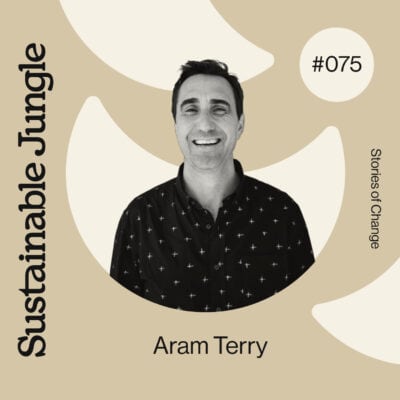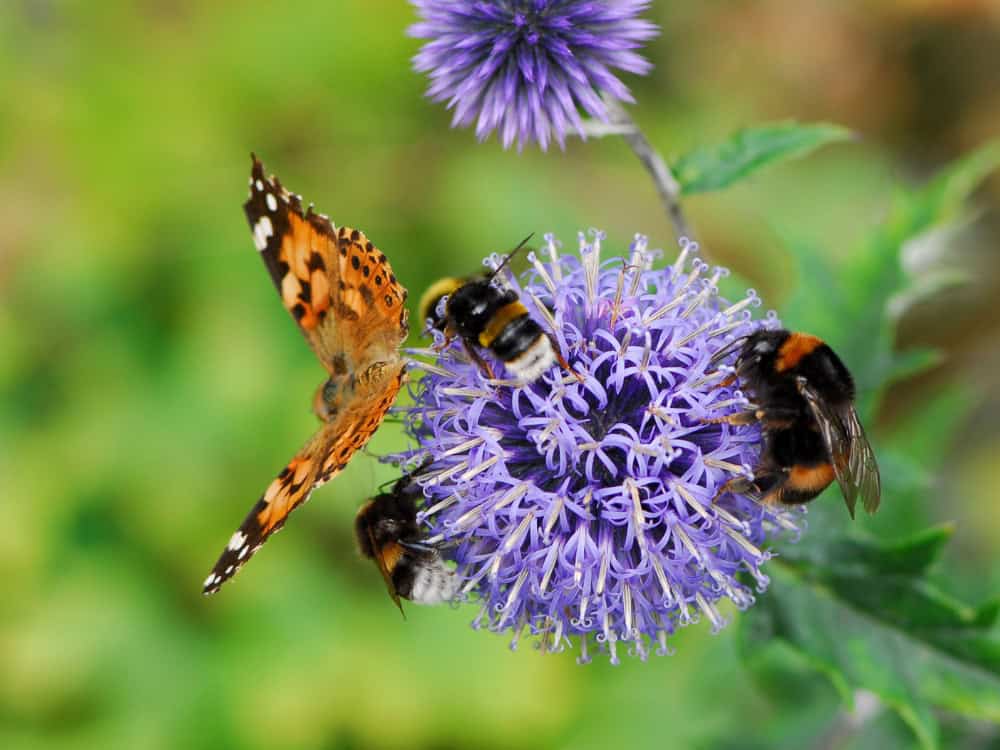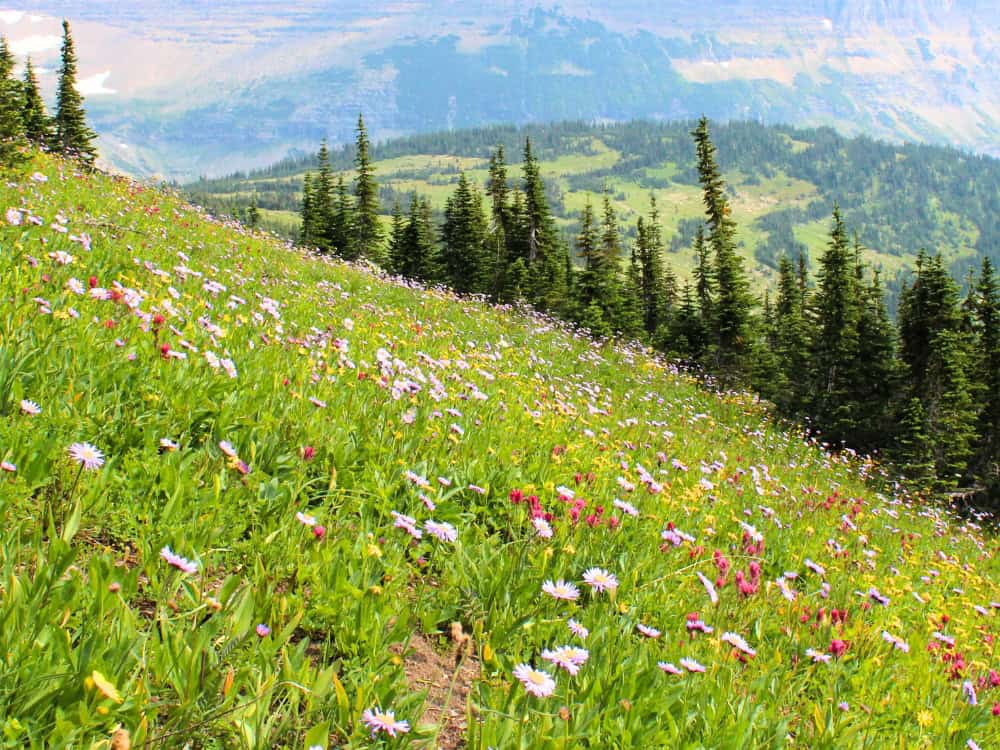What is the most pressing environmental problem of our times?
The climate crisis, yes, but there’s another interlinked and equally devastating crisis (for both the planet and humanity): biodiversity loss.
As the World Wildlife Fund (WWF) explains in its Living Planet Report, the two “are not separate from each other but are two sides of the same coin.”
So, what is biodiversity loss? Why does it spell code red for humanity, and what action can we take to restore ecosystems and create a “nature-positive” future?
Contents: Biodiversity Loss
- Loss Of Biodiversity: A Defintion Jump to section
- Biodiversity Loss Examples Jump to section
- The Impact Of Biodiversity Loss Jump to section
- The Main Causes Of Biodiversity Loss Jump to section
- Solutions To Biodiversity Loss Jump to section
Loss Of Biodiversity: A Defintion
Biodiversity (short for biological diversity) is the variety of living things in a given environment or ecosystem. Its importance can’t be understated. As the WWF puts it:
“Biological diversity is the resource upon which families, communities, nations and future generations depend. It is the link between all organisms on earth, binding each into an interdependent ecosystem, in which all species have their role. It is the web of life.”
Loss of biodiversity, then, refers to the reduction or extinction of plant and animal species, either worldwide or in specific habitats, and the subsequent breaking apart of interdependent ecosystems. Its consequences are grave.
Biodiversity Loss Examples
In 2019, the Intergovernmental Science-Policy Platform on Biodiversity and Ecosystem Services (IPBES) released a landmark report. This Global Assessment on Biodiversity and Ecosystem Services outlines the unprecedented decline of nature, with around one million species facing extinction at an accelerating rate.
Insects
Ironically, nowhere is this biodiversity decline demonstrated more enormously than by Earth’s smallest creatures: insects. A review of historical reports revealed that a shocking 40% of all insect species face extinction within the next few decades.
The Living Planet Index, which monitors population trends and acts as an early warning indicator, shows an average 69% decline among monitored vertebrate populations between 1970 and 2018, an extinction rate 8x faster than that of other animals.
Biologist Francisco Sanchez-Bayo commented on the decline’s rapidity: “In 10 years you will have a quarter less, in 50 years only half left and in 100 years you will have none.”
These decreases are especially prominent in areas of mass agriculture where pesticides, insecticides, herbicides, and fertilizers adversely affect butterflies and moths, bees, worms, and beetles (like the dung beetle, which does the important job of removing animal waste).
Orangutans
Insects aren’t the only victims of land development. Orangutan numbers have declined dramatically in recent years, mainly due to habitat-destroying palm oil plantations—one of the main motivators to seek palm oil free products. All three species (Bornean, Sumatran, and Tapanuli) are critically endangered.
Poaching
Other mammals, such as elephants and rhinos, are falling victim to poaching. We interviewed Bonné de Bod, creator of the award-winning film STROOP: Journey Into the Rhino Horn War (2018), to find out more about the issues.
Coral Reefs
Although making up less than 1% of the ocean floor, coral reefs are one of the planet’s most biodiverse ecosystems and are home to more than 25% of all marine species. More than one billion people benefit directly from their important ecosystem services. They act as storm barriers, preventing coastal erosion and flooding, and are a potential source of new medicines.
Around 14% of global coral was lost between 2009 and 2018.
The Impact Of Biodiversity Loss
How could the loss of biodiversity affect humans?
Healthy ecosystems = a healthy planet. Without thriving ecosystems, the health of the planet and, subsequently, the future of humanity is at risk. To quote David Attenborough on the importance of biodiversity in an ecosystem:
“This is the true tragedy of our time: the spiralling decline of our planet’s biodiversity. For life to truly thrive on this planet, there must be immense biodiversity. Only when billions of different individual organisms make the most of every resource and opportunity they encounter, and millions of species lead lives that interlock so that they sustain each other, can the planet run efficiently. The greater the biodiversity, the more secure will be all life on Earth, including ourselves.”
We need healthy soil full of biodiverse microorganisms and pollinators for food production, clean water, clean air, medicines, fuel (over 2 billion people use wood as their main source of energy), and a stable climate. Robust ecosystems provide all these things and more.
Food Security
Let’s return to insects for a moment. They may seem small, but their ecological importance is paramount. They’re decomposers, soil aerators, and pollinators—key contributors to our food supply. The devastation of insects also triggers domino effects up the food chain, starting with birds, reptiles, amphibians, fish, and other insectivores.
As Harvard biologist Edward O Wilson notes, “If all humankind were to disappear, the world would regenerate back to the rich state of equilibrium that existed 10,000 years ago. If insects were to vanish, the environment would collapse into chaos.”
Another threat to food security is the loss of genetic diversity. Humans have cultivated fewer and fewer varieties of plants. Only nine species account for the majority of the world’s food production. 50% of our calories come from rice, wheat, and maize. History has taught us the fragility of food systems that rely on monocrops. The Irish potato famine is one example when the fungal disease blight wiped out the country’s potato crop.
Now, a warming planet and erratic weather conditions are a threat to food production and we need to diversify our food crops to create sustainable food systems that are resilient to these changes.
Beyond farming, an IPBES report on the Sustainable Use of Wild Species found that one in five people depend on wild species for food and income. As species decline, so does the ability of ecosystems to provide humans and animals with the nourishment they need.
Planetary Boundaries
Researchers from the Stockholm Resilience Centre and Australian National University introduced the concept of planetary boundaries, quantifying limits of safe human/environmental interaction. These boundaries include:
- climate change
- oceanic acidification
- ozone depletion
- nitrogen and phosphorus cycle
- freshwater use
- land system change
- biodiversity loss
- chemical pollution
- particle pollution
Of these nine boundaries, three areas are over their boundary: nitrogen flows, climate change, and biodiversity loss. The latter two are considered “core” boundaries bearing particularly nasty consequences when exceeded. According to Ecology and Society, “Transgressing one or more planetary boundaries may be deleterious or even catastrophic [and] trigger non-linear, abrupt environmental change with continental to planetary-scale systems.”
In layman’s terms, it’s bad news.
Climate Change
Ecosystems play a vital role in addressing and mitigating the effects of climate change. Forests store vast amounts of carbon and stabilize the Earth’s climate; mangroves store carbon and protect coastal areas from waves and flooding; and healthy soils play a major role in carbon sequestration.
Therefore, actions to restore biodiversity can also help tackle climate change and vice versa.
The Main Causes Of Biodiversity Loss
Human activity is driving the destruction of biodiversity.
We’ve significantly changed around 75% of the land-based environment and 66% of the ocean environment. Over one-third of the Earth’s land is used for farming. Combined with overexploitation of resources from hunting, fishing, and harvesting (including logging) and increasing urbanization, this is one of the biggest biodiversity loss causes because it has led to the loss of vital wildlife habitats, including forests, grasslands, and wetlands.
The IPES report outlines climate change, pollution, and invasive alien species as the other main drivers.
Climate change is becoming an increasingly significant cause of biodiversity loss and every degree of global warming increases the likelihood of species extinction.
The Intergovernmental Panel on Climate Change (IPCC) Sixth Assessment Report details the impact of climate change on ecosystems, including mass mortality events, the loss of species, increased diseases, and shifts to higher latitudes.
Solutions To Biodiversity Loss
With so many grim changes happening at an overwhelming speed, it’s hard to conceptualize the changes required to address the loss of biodiversity before it’s too late. There is much work to be done, but we can all play a role in increasing biodiversity.
Loss of biodiversity solutions include, but are not limited to:
- Decarbonization: We must decarbonize our economy and eliminate our reliance on fossil fuels, from which 80% of our global energy is still derived. Instead, we can support the transition to a renewable energy future.
- Regenerative Agriculture: We need to switch to farming practices that increase biodiversity rather than reduce it. This is a manifold solution to our problems, as it also sequesters carbon, increases soil fertility, and increases crop yields.
- Sustainable Diets: Diversifying our diet is key to future food security. In addition to learning what foods are sustainable, we must cultivate a greater variety of species and safeguard lesser-grown heirloom seed varieties before they are lost.
- Nature Conservation: 17% of land and inland water ecosystems and 8% of marine or coastal ecosystems are protected. The aim is to protect 30% of land and ocean ecosystems by 2030. A recent study confirms the positive impact of conservation efforts.
- Ecological Gardening: We need to choose ecosystems over aesthetics, cultivate diverse plant species, and manage gardens and green spaces in a way that supports beneficial insects and doesn’t pollute the environment with chemical inputs.
- Food Waste Solutions: Worldwide, one-third of the food produced for human use is lost or wasted. Instead of industrial-scale farming laden with toxic chemicals, we should aim to organically produce only what we need, and ensure any excess goes back to the earth responsibly (through composting not landfilling).
- Curbing Consumerism: More than anything, we must massively reduce our unfettered consumption. Between human overpopulation, free market economies, and the societal value of materialism, high demand yields even higher production and surplus waste.
- Circular Economy: We need to replace the current take-make-waste economy with a circular production and consumption model that values materials and reduces waste.
Above all, we need to stop seeing the world as a resource that exists purely for human use.











